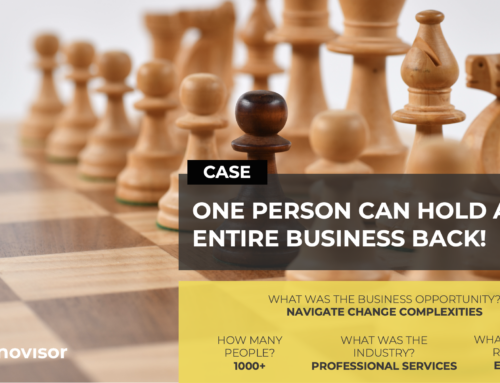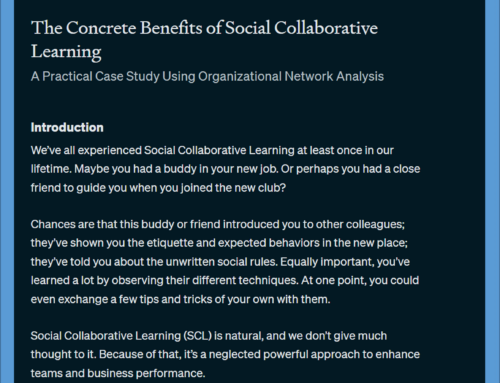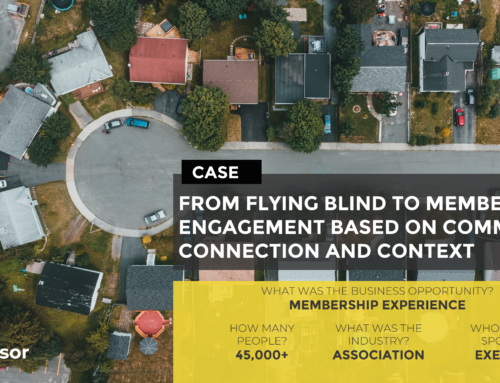How To Make Smart
Collaboration a Reality?
Our Head of Quality & Innovation – Richard Santos Lalleman – recently joined a discussion facilitated by Heidi K Gardner and hosted by PwC Denmark on what ‘smart collaboration’ is and why it matters. This was a very exciting opportunity because it does not always happen that you can have +50 senior professionals in one room who – in one way or another – are fascinated about ‘collaboration’.
What is ‘smart collaboration’ and why it matters?
To put it bluntly, it means that not all collaboration is smart. Only when you do it right, you can enjoy the fruits of collaboration. These ‘fruits’ can be an improvement of the access to knowledge and experts in your organization, higher quality, and lower risks, innovation, efficiency, and consistency.
These are improvements we of course all want to achieve when leading teams, departments, or even whole organizations. But where to start? I think this question was also on the tip of the tongue of most senior professionals. The discussion about ‘smart collaboration’ was all about cross-collaboration
Smart collaboration is all about cross-collaboration
Heidi Gardner made the case for cross-collaboration. She did this by highlighting two trends in the workplace. On one side, our professional expertise is increasingly becoming deep, narrow, and specialized. On the other side, organizations face uncertain and complex situations. These situations cannot only rely on deep and narrow expert knowledge. We, therefore, need to build an environment in which people can collaborate with highly specialized professionals. This is critical for organizations to survive … And that’s why cross-collaboration makes collaboration smart.
How to get it right with cross-collaboration?
Now that these senior professionals know that they need to start with cross-collaboration to become smart with their collaboration, I am sure their next thought was: how can I start with cross-collaboration?
Two examples were given. The first example was related to professional services organizations. It was about cross-practice collaboration and how this boosts sales. The second example was related to R&D departments. It was about cross-generational collaboration and the role of ‘the young’ in idea generations.
These are all fine examples. I am only concerned that by highlighting examples like these we are not moving the needle and helping the senior professionals with smart collaboration!
How to get it REALLY right with cross-collaboration?
Do not turn all the employees into people who work across practices, generations, departments, and functions!
Why? In order to act on the unknown, we just simply need deep specialists. And that is also the reason why we should not talk about breaking the silos. Silos are actually really useful for your organization – it helps with the development of deep and narrow knowledge. This knowledge should be made available and connected with other parts of the organization!
How? You need to do is by identifying the right people in the silos. I call these people connectors. Connectors are the ones who are highly connected in a silo due to their number of collaborative relationships. When connecting these connectors with connectors from other silos, your organization act faster with the specialized knowledge required for complex situations.
ORIGINALLY POSTED ON LINKEDIN: https://www.linkedin.com/pulse/how-make-smart-collaboration-reality-richard-santos-lalleman/
Do you like our articles? Subscribe to our newsletter.




